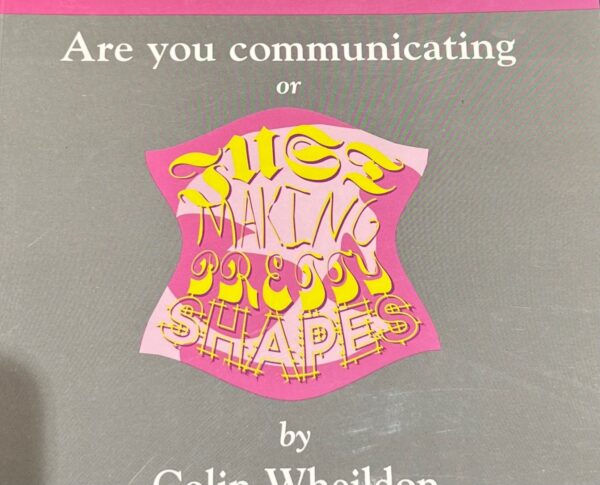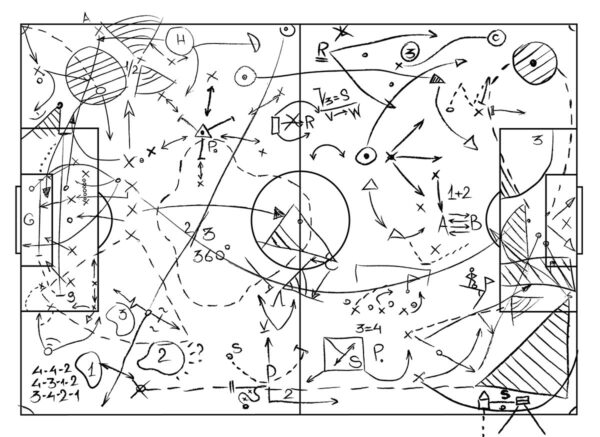A long time ago, at an Agency far, far away, I was part of a team that tested two phrases against each other to see which one worked better in an organization’s fundraising.
Here are the two phrases:
Your gift will provide clean water to a person
Your gift will provide clean, disease-free water to a person
The phrase that included “disease-free” was the clear winner – more people gave money and more clean water was provided.
(Apologies to my fellow nerds out there, this was 20-something years ago and I don’t remember the exact results of the test. But I do remember it was statistically significant and we used the “disease-free” variant of the phrase moving forward.)
I took three lessons from this little test; they’ve been helpful to me and to others, and I hope they will be helpful to you.
Words Matter
Just a couple words here and there can make a material difference in how much money a piece of fundraising raises.
The Words that Matter Most are the Words that Describe What the Donor’s Gift Will Do
In my experience, the words you use to describe what a donor’s gift will do are the most important words in any piece of fundraising.
Put differently, changes to the words that describe what the donor’s gift will do are going to have the largest impact of any changes you make. Focus on these words first.
‘Embed the problem in the solution’
Adding the words “disease-free” to the original phrase reminds donors of the original negative situation that their gift will help solve.
When I saw this happen again and again, I created the phrase “embed the problem in the solution” as shorthand to remind myself to do this. It’s not always possible, but it results in phrases like:
“You can provide no-strings-attached financial aid to a student”
“Your gift will provide a Bible in a person’s own language for just $4”
“You can provide healthy, non-fast food meals to a person living in a food desert”
I think you can feel how that phrasing is more powerful. It’s more powerful because when donors are reminded of the current situation, they more clearly see and feel the whole impact of your programs and their giving.
To close, I encourage you to apply these lessons to your own fundraising. And when you make your writing decisions based on evidence-based lessons from head-to-head testing at scale, you’ll start to get a reputation as a donor whisperer.










